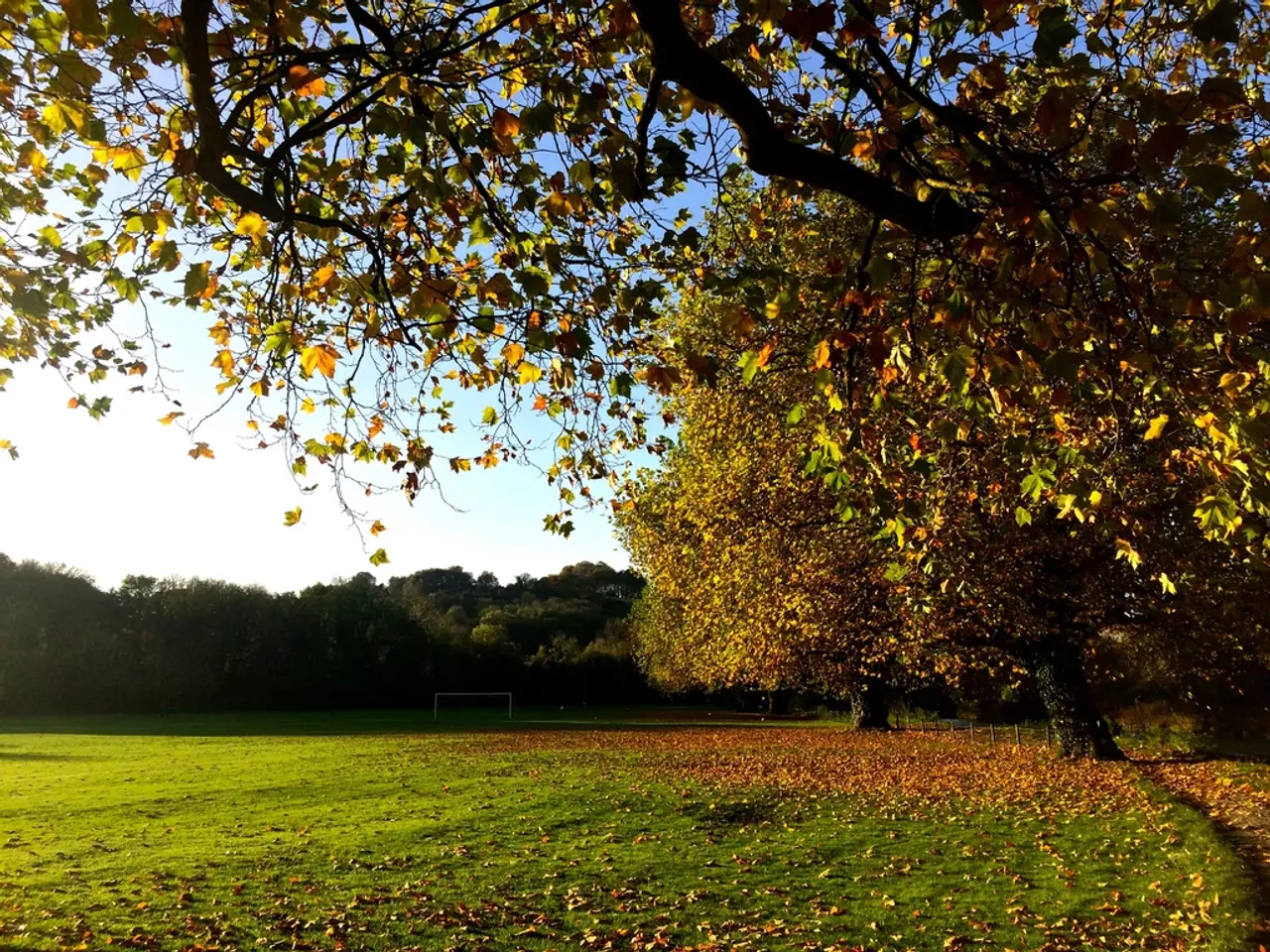Catastrophe of Declining Biological Variety
=====================================================================================
In a world where the variety of life on Earth is under threat, recent research indicates that current extinction rates are approximately 100 times higher than natural rates [Ceballos et al., 2015]. This alarming statistic underscores the urgency of the biodiversity crisis and reinforces the need for immediate action to reverse these trends.
Biodiversity, the variety of life on Earth, encompasses different species and ecosystems. It is essential for human survival, supporting vital ecosystem services like food production, clean water supply, and climate regulation. However, the loss of biodiversity is a critical global issue, driven by factors such as habitat destruction, overexploitation, pollution, and climate change.
Pollution from various sources disrupts ecosystems and poses significant risks to wildlife health. Climate change introduces altered weather patterns that threaten species survival and habitat integrity. Overexploitation through unsustainable practices in fishing, logging, and hunting further exacerbates the crisis, depleting species faster than they can recover.
The decline in biodiversity threatens essential ecosystem services, leading to food insecurity and poorer health outcomes. The Millennium Ecosystem Assessment warns that extinction rates could reach as high as 8,700 species per year-equating to about 24 species disappearing every day. This rate is 1,000 times faster than natural background rates.
In an effort to combat this crisis, developing educational materials that clearly explain the benefits of biodiversity is crucial for raising public awareness. Understanding biodiversity fosters stewardship and sustainable practices necessary for long-term survival. Effective strategies for creating educational materials and organizing community workshops to increase public awareness and stewardship for biodiversity include:
- Engaging, experiential learning methods such as field trips, citizen science projects, and direct involvement of researchers, which improve knowledge and awareness of local biodiversity issues.
- Tailoring materials to local contexts with regional examples and hands-on nature-based solutions (NbS), like green walls or biodiversity-friendly schoolyards, which foster meaningful, place-based learning.
- Using diverse teaching modalities to reach various learning styles—combining visuals, hands-on activities, group discussions, and interactive resources enhances comprehension and participation.
- Encouraging active community participation via workshops that promote dialogue, local stewardship activities, and collaboration with businesses, governments, and NGOs to share knowledge and practices.
- Overcoming logistical barriers by planning accessible field experiences, leveraging existing community spaces for workshops, and providing educator training on ecology and biodiversity concepts.
- Integrating educational efforts with broader sustainability goals, such as promoting sustainable agriculture, habitat restoration, and pollution reduction, to connect knowledge to action and stewardship motivation.
Organizing community workshops can raise awareness about local biodiversity and cultivate a sense of responsibility towards local environments. An informed public is more likely to advocate for policies that protect natural environments, fostering a culture of stewardship and responsibility. Creating accessible and engaging resources can empower communities with the knowledge they need to understand the importance of biodiversity and take action to preserve it.
Healthy ecosystems also enhance our physical and mental well-being. By acting now to address the biodiversity crisis, we not only protect the variety of life on Earth but also secure a sustainable future for ourselves and generations to come.
References:
[1] Drew et al., 2016 [2] Wilson et al., 2016 [3] Krasny et al., 2012 [4] Tidball et al., 2012
- In the realm of science and environmental conservation, the preservation of biodiversity is crucial for our health-and-wellness and of our planet, as it supports essential ecosystem services such as climate-change mitigation.
- To combat extinction rates that are 100 times higher than natural rates, incorporating environmental-science education into community workshops can empower individuals to take action in fostering stewardship, thereby securing a sustainable future and ensuring survival for future generations.




